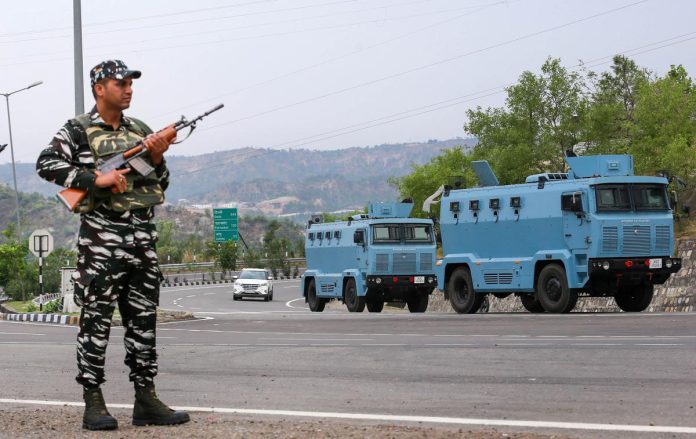Dr Satwant Singh Rissam
In the last few years, the Kashmir region has witnessed a weakened anti-India ecosystem. This needs to be appreciated. The first major sign of improvement in the situation is that the stone pelting has become a thing of the past. Kashmiris no more pelt stones on Indian security personnel near any site of a gunbattle between militants and security forces. Previously, teenagers in Kashmir were being used by their handlers for carrying out such stone pelting attacks near almost every site of gunbattle. Secondly, in the last four years calls to boycott any elections in J&K have stopped. Although an “era of peace” is yet to be achieved and could be far still the central government is firmly taking steps like declaring ‘Tehreek-e-Hurriyat, J&K (TeH) as an ‘Unlawful Association’ under UAPA. Moreover, for the first time in the last many decades, the New Year celebrations took place at Srinagar’s Lal Chowk on December 31 and people were seen enjoying the Lal Chowk without fear.
The working security machinery in Kashmir has been remarkable and never seen in the past 3 decades. Amid the developing peace in Kashmir and the rising spirit of nationalism across the country, let’s not shy away from acknowledging another fact that the Jammu region has been witnessing an upward trend in militant activities since 2019. A process has been set into motion to take the Jammu region back in time. Simply examine the year 2023 which started with a massacre at Dhangri village of Rajouri in which 7 civilians, including children, were killed on January 1. After that, IED recovery was made at Kheora Rajouri, then twin explosions in two different vehicles at Narwal Jammu in which nine civilians were injured. Apart from what all started building in 2019, the year 2023 hinted towards infrastructure ready for maintaining the troublesome situation in Jammu province. It would be too ‘liberal’ if we forget that the year 2023 ended with the martyrdom of four soldiers in the Poonch district when heavily armed militants attacked an army vehicle at Dera Ki Gali. After this incident, another internal security conflict erupted when three civilians allegedly died in Indian army custody which triggered a massive public outcry.
After the year 2021, these border districts have seen targeted killings of security forces personnel. Despite efforts by security forces, the militants struck again and again in the Poonch and Rajouri belt which surely now is the prime focus of militants. Addressing the year-end press conference in Jammu, DGP R.R. Swain also said that foreign terrorists are still getting some support from “our territory”. This may also point towards the critical challenge slowly but steadily built in the Jammu region in the last few years. A question arises here- Is Rajouri-Poonch going back to the late 90s? Surely no. However, the recurring nature of attacks shows that the intention is purely to revive militancy. With these attacks, anti-India forces intend to dispel the perception that peace has returned in J&K and for that reason, these civilian killings and attacks are significantly done now in the Jammu region.
Another big reason behind this change of tactics is that militants are finding it very difficult to operate in Kashmir so for that reason these anti-national activities have been taken out of the Kashmir valley to maintain the momentum. The government is saying that there is peace in the Jammu region but despite such claims, the reality remains grim as fear now prevails among civilians. These areas in the past saw a change of demography and with a renewed threat prevailing in the region, this may silently start happening once more. With two elections coming for J&K in 2024 and a hanging hope to see full statehood for Jammu and Kashmir at an “appropriate time”, it’s the right time to reset Jammu’s security mechanism and the government should weigh all the strictest methods to prevent Jammu from becoming another Kashmir ‘living in the sense of fear’.


